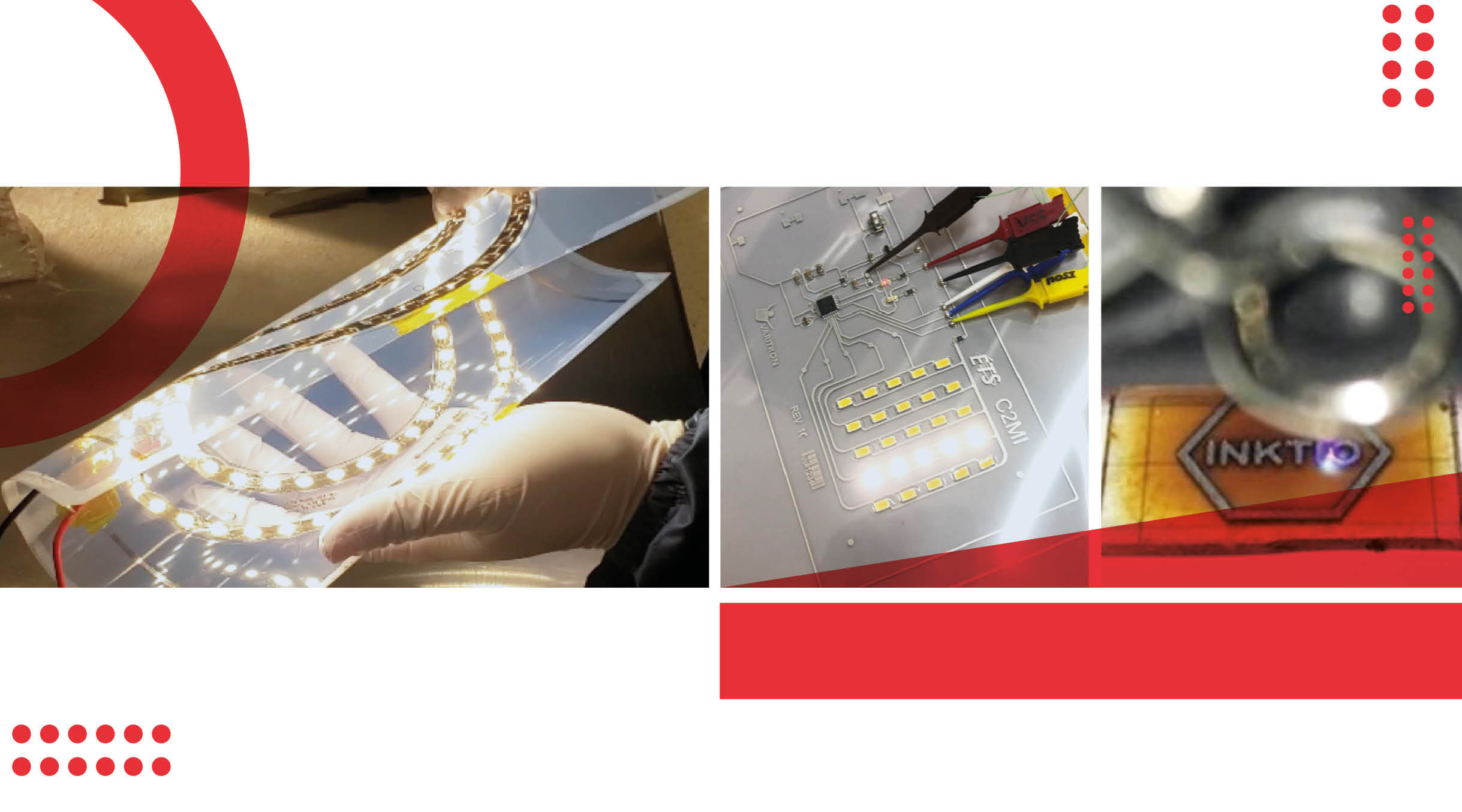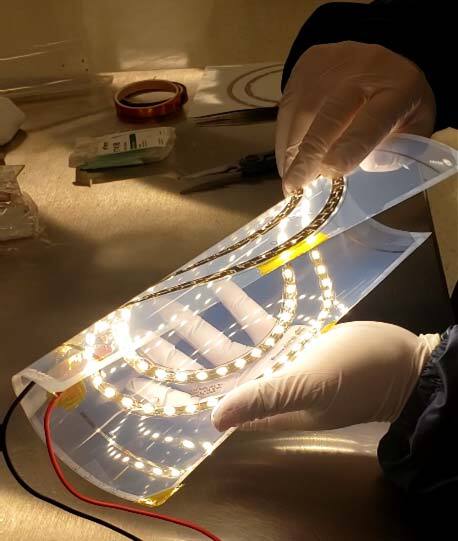On the road to flexible printed electronics

@Sylvain Cloutier.
It should come as no surprise that, in the midst of a pandemic, Sylvain Cloutier was asked to develop a method for manufacturing the high-performance filtering membranes used in N95 masks. The team led by this academic and researcher is well known for its expertise in advanced materials and manufacturing.
Professor Cloutier was one of the first researchers to take an interest in nanotechnology. Building on his knowledge of photonic optics (acquired at Université Laval), in 2002 Sylvain Cloutier went south of the border to complete a Ph.D. at Brown University in Rhode Island, studying the optoelectronic properties of nanomaterials. He received an NSERC scholarship because at the time, no-one in Canada was carrying out this type of research.
Defying the laws of physics

Sylvain Cloutier, professor at ÉTS
Professor Cloutier’s research attracted considerable interest because he and his colleagues had succeeded in modifying the properties of silicon at the atomic scale for use in developing a laser. At the time this was considered impossible.
“That’s when I became passionate about what would become my research focus for the next 15 years: modifying materials at the nanoscale to give them new properties at the macroscopic level,” he explains.
Following a decade of intensive research in this field, including five years at the University of Delaware as a professor, Professor Cloutier joined ÉTS in 2011. Although his research has been focused on developing new nanostructured materials with unique properties, he has now turned his focus to the digital printing of these materials, and how to transfer the ideas to industry.
Printing flexible circuits
Printed electronics is attracting considerable interest because this approach can be used to make low-cost and flexible circuits. The technology behind flexible printed electronics involves assembling electronic products by printing circuit boards on flexible plastic substrates and then attaching discrete electronic components to them. The technique has many advantages: simpler manufacturing processes, faster production, lower costs, and the ability to integrate electronics into fabrics.

LED ring
As the holder of the Canada Research Chair in Hybrid Optoelectronic Materials and Devices (created in the wake of his arrival at ÉTS), Professor Cloutier is leading several research projects designed to advance this technology and take it to its full potential. He and his team are focusing on scaling up the manufacturing processes, i.e. on the transition from the laboratory to processes resembling industrial manufacturing.
ArianeGroup Industrial Chair
Professor Cloutier also holds the ArianeGroup Research Chair on Emerging Materials in the Aeronautics and Space Sector. ArianeGroup is a world-renowned specialist in space launcher equipment and propulsion systems, and it has presented the researcher with many challenges. “It’s very applied research; results must be produced quickly,” says the researcher. “It’s very stimulating.”


